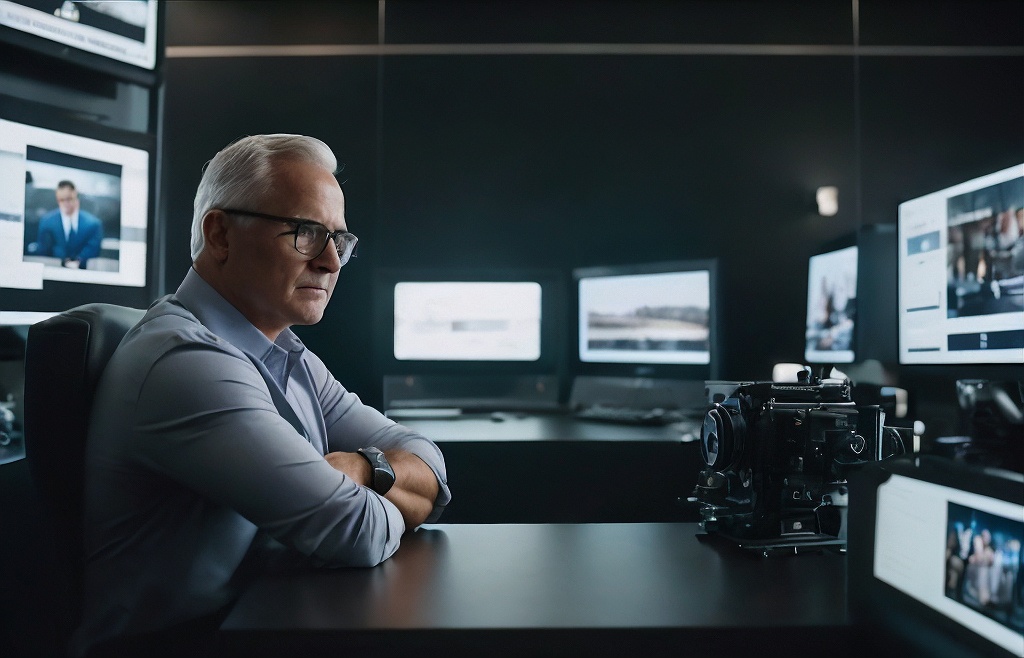
Feel like reading a nice book? Instead of visiting Amazon or popping down to your local bookshop, why don’t you fire up your AI app and ask it to write something to fit your mood? Twenty seconds later you have in your hand — phone, tablet, computer — a complete 100,000 word novel written in the style you love, and in your favorite genre. Even the cover art is designed to delight your senses.
You may think this is just pie in the sky nonsense. And you’re kind of right. There’s no way that current artificial intelligence can do this. Yet. But we have to remember that this is the worst AI is going to be. We’re watching the Wright Brothers stutter into the air from a grass field, bumping off the turf like a pregnant duck. It’s not pretty. But look behind this early technology, and we can see the potential for amazing things happening in the not so distant future.
Ilya Sutskever, one of the foremost architects of today’s AI technologies and co-founder of OpenAI, set it out in a recent TED talk. “As researchers and engineers continue to work on AI, the day will come when the digital brains that live inside our computers will become as good and even better than our own biological brains. Computers will become smarter than us.”
Making new stuff, 24/7

This is the first time our species has made a tool which promises to develop autonomy and surpass us in skills. Even the massive explosion of the oil age only gave us abundant energy. Never have we had the ability to create something which can literally take over from our frail human intellect and develop ideas and art beyond our imagining. Not because it’s more ‘intelligent’ than us. But because it can process so much more data, so much faster. It’s the start of a new age.
The GNoMe (graph networks for materials exploration) project from Google Research has already discovered 2.2 million new crystalline materials using advanced machine learning. It would have taken us 800 years to do this manually.
Over at the A-Lab at Berkely Labs in California, there’s an autonomous robot system using AI to discover radically new materials on a 24/7 basis. The robot doesn’t sleep – it just mixes, compares, reports and moves on. The machine employs furnaces, inorganic powders and an array of other conventional lab equipment to conduct its experiments, and tests around 100 to 200 samples a day. It has already discovered several exciting new materials in the few months it’s been operating. It’s not hard to imagine a future with a factory full of similar robots creating new materials for us to harvest 365 days a year.
The art and science of the arts
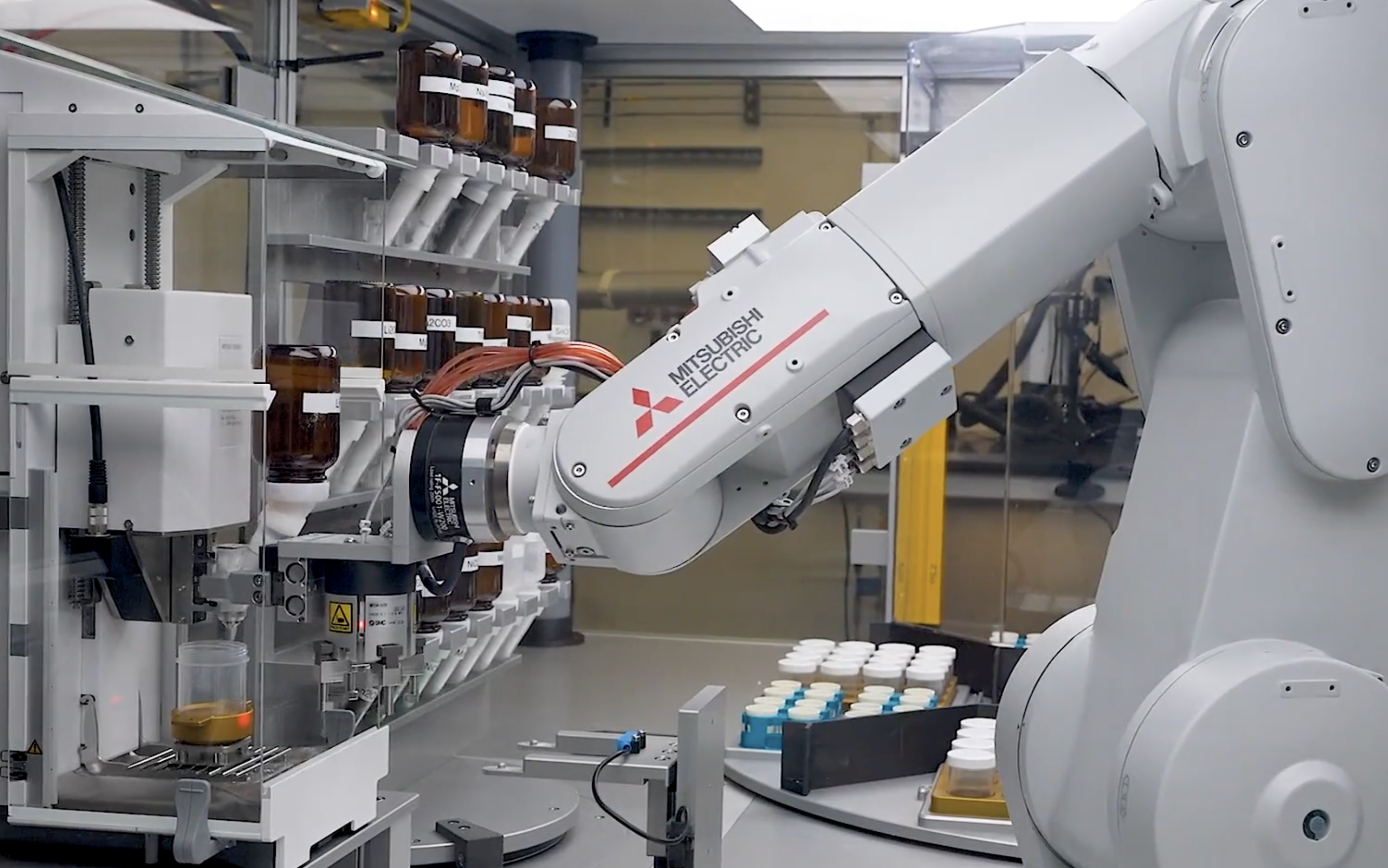
And our instant book? Way way back in 1993, when the machine learning algorithms were steam driven primitives, an author programmed a computer to write a novel in the style of blockbuster author Jaqueline Susann. The result, Just This Once, by Scott French, is currently on sale on Amazon for $5.76. It has 295 pages, no reviews and ranks at 301,763 in the Literary Fiction category.
A new AI app called Inkflow has just launched which can produce a 25,000 word non-fiction eBook in any of four languages in a mere 12 minutes. To create the book, the user has to enter nothing more than a title, and the number of desired chapters. The service is priced at $99 a year. Recent AI advances in other parts of the creative arts have also been astonishing.
Let the music play on
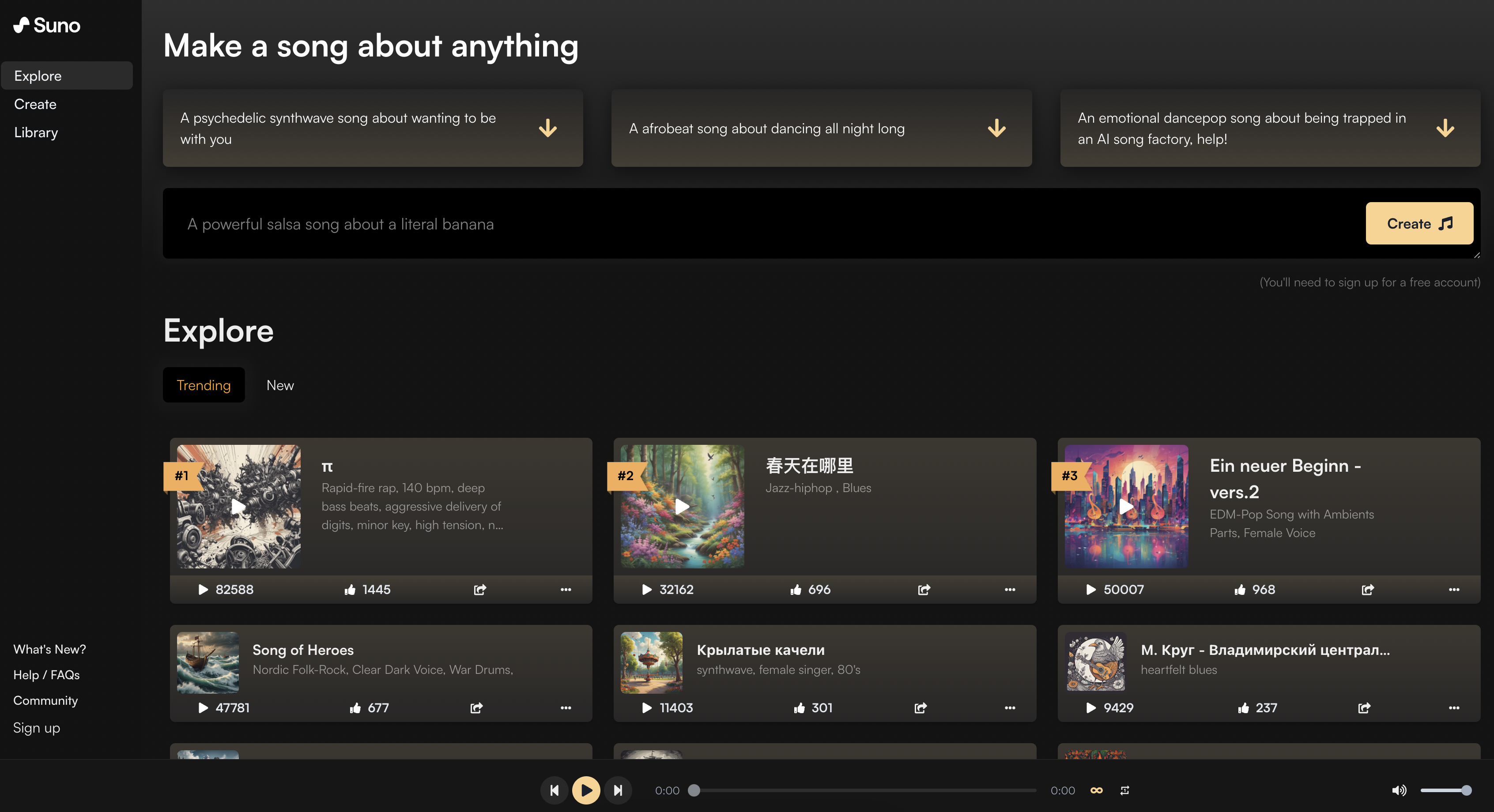
You’re about to set off on vacation and need a car-time playlist. Instead of reaching for your Spotify playlist, you start your AI app and request a playlist in the genre you enjoy most. Before you can say Bohemian Rhapsody, an instantly created playlist appears on your device or car player. Tracks made by AI, which you love because they incorporate all the style, instruments, voicing and musicality you adore. Sure it’s not Prince, but who cares?
Suno creates AI generated music. If you’re thinking blips and beeps, you couldn’t be more wrong. The Microsoft backed startup is currently open to the public on a free basis, and lets anyone describe the music they want, and within seconds a music clip is produced to order. Fancy a dark, acid jazz, hip hop, K-Pop fusion? Pop it into the chat box and see what comes out. Delete it if it’s no good, or develop it some more if the result takes your fancy.
The output is fully formed, richly produced instruments, lyrics and vocals in different dialects according to the need. It can produce anything you can imagine, from 18th century classical, to Indian bhajans and reggae dubstep. It’s genuine, scarily rich, text to music generation brought to life. And this is the worst it’s ever going to be.
“I expect that by the end of this decade and possibly somewhat sooner than that, we will have quite capable systems that we look at and say, ‘Wow, that’s really remarkable’.” Sam Altman, CEO OpenAI.
Video killed the Hollywood star?
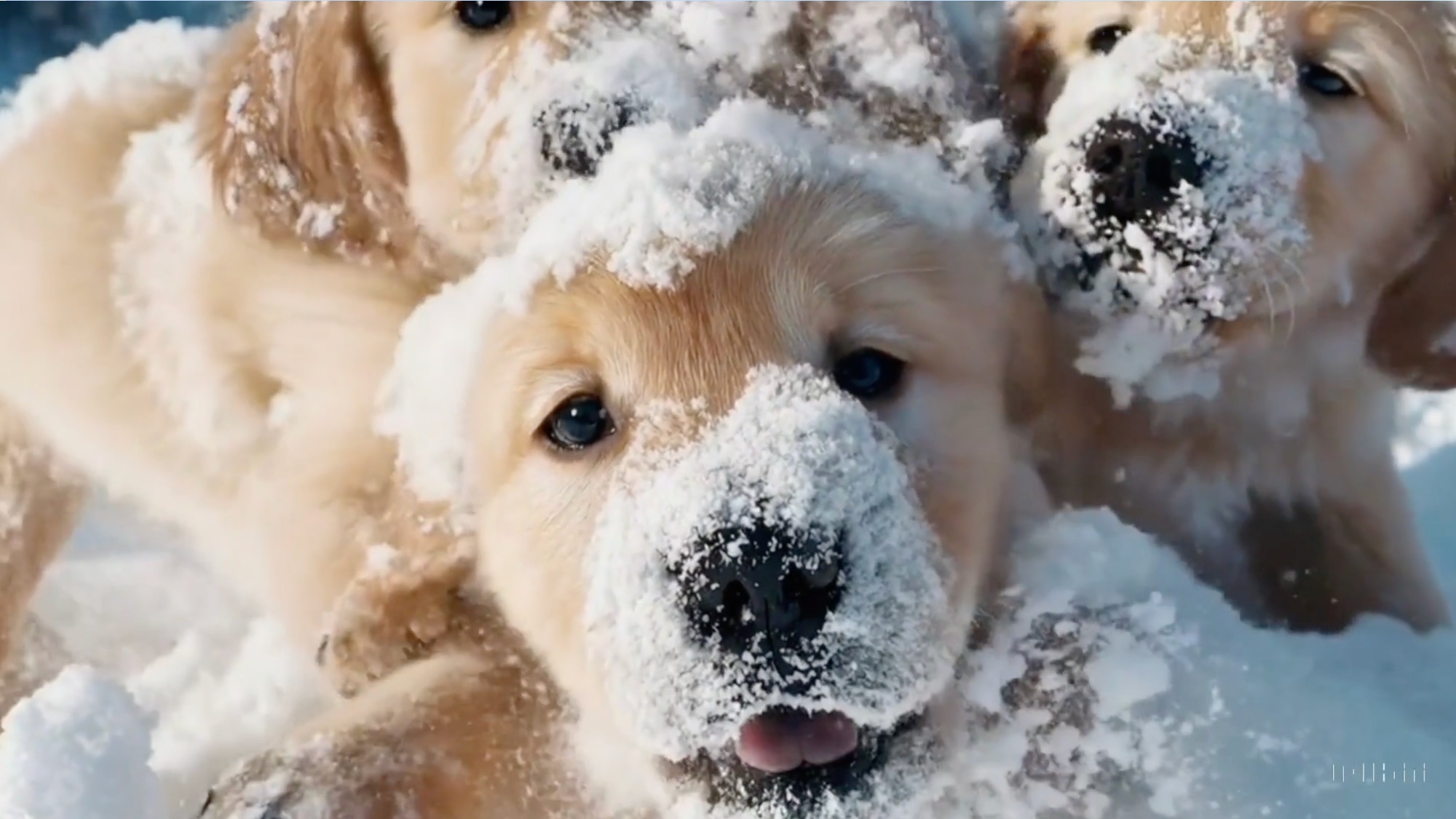
Maybe you’re sitting in your living room and it’s just after 7pm on Friday after a hard day at work. It would be nice to catch a movie. But instead of reaching for the Netflix remote control, you grab your AI phone and enter in a list of requirements – mood, genre, style, whatever you like. Within minutes a full length feature is created for you, ready to watch and enjoy. The movie has been custom crafted using your past preferences, so it hits all the right spots on that dreary Friday evening.
Nothing, it seems, is off the cards. For example, we are about to witness the start of a new era of video production. Sora, from OpenAI, has shown what can be done right now, and it’s stupefying. The short clips we’ve already seen demonstrate the potential for a future where lifelike moving pictures are produced as easily as writing a paragraph of description. No expensive camera crews, no writers, no lighting experts or makeup artists. No celebrity actors, no mass market genres. Just a storyline in a box.
No expensive camera crews, no writers, no lighting experts or makeup artists. No celebrity actors, no mass market genres. Just a storyline in a box.
Once again, the early results are crude, sometimes laughably so. Artifacts jump out, legs tangle, arms do strange things. But there is a coherence to the clips which shows the real promise of things to come. A clip of some puppies frolicking in the snow could almost be lifted directly from a TV nature documentary.
Then there’s EMO – another AI video demo, but from China. In it we see the Mona Lisa quoting Shakespeare, and a black and white Audrey Hepburn singing an Ed Sheeran track, and other amazing deepfake videos. The incredible thing about this demonstration is the fact that each video is created from a single photograph. All the lip synching, head and face movements, all the ‘human-ness’ is delivered by the software algorithm. And it nails it.
How sophisticated can this AI get?

We know that whatever AI can currently create for 5 or 10 seconds, will eventually be expanded to hours with the right technology. At that point it’s just compute power, memory and coherence that counts. Current technology will improve because that’s what it does, and there’s no reason to believe it will stop.
The compression will improve, the quality will get better and soon we will be watching whole TV shows made from digital avatars. In fact Channel 1 TV is already knocking on that door, with an AI produced news show, complete with digital avatars.
Current technology will improve because that’s what it does, and there’s no reason to believe it will stop.
No area of the creative arts will be immune. AI artworks are winning prizes, an AI called Benjamin has already written and directed an extremely surreal short film for YouTube, and that was with five year old technology.
One of the most surprising features about all of this progress, is the fact that it’s coming to areas we never imagined could be replaced. We’ve just seen the soft launch of a tool called Devin. It’s an AI based software programmer, which can create, debug, amend and publish complete apps and programs with one simple prompt.
The demo shows the tech doing some debugging, creating an app on the fly and even doing a freelance coding job for a gig on Upwork. It’s fast, flexible and able to handle unexpected events, which is why it’s different. Right now it’s able to handle fairly simple apps and tasks, but there’s no question that as the tech matures, it will be able to do more and more complex programming jobs.
But what about the jobs?
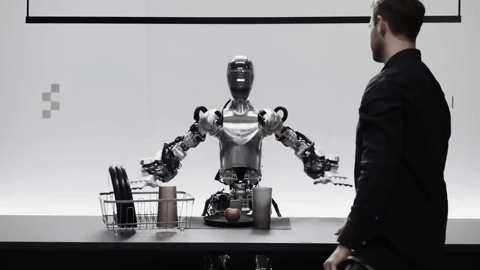
The fantastic is now real, and we haven’t even started to see the full show. For example, who’s to say that this strangely dextrous robot – powered by AI of course — won’t develop into a very capable user of creative tools? Maybe to chip away at stone, carve wood, mold glass or wield a paintbrush? After all, what is an artist, and what is art?
So where does all this faux intelligence and robotics leave us, as workers and consumers? Quite frankly, nobody really knows. The only thing we can be certain of is the future is going to work differently to how it does today. Or rather not work. The potential scale of jobs which can and probably will be replaced by AI in one way or another is staggering.
A recent report from Goldman Sachs makes it clear that job losses are going to be extensive once AI takes hold. “Although the impact of AI on the labor market is likely to be significant, most jobs and industries are only partially exposed to automation, and are thus more likely to be complemented rather than substituted by AI.”
Interestingly, the company takes pains to exclude robotics from its scenario, and also uses the most conservative definitions to keep the numbers low. Even so, the percentage of global job losses estimated across all industries ranges from 18 – 47% based on these ‘conservative’ calculations.
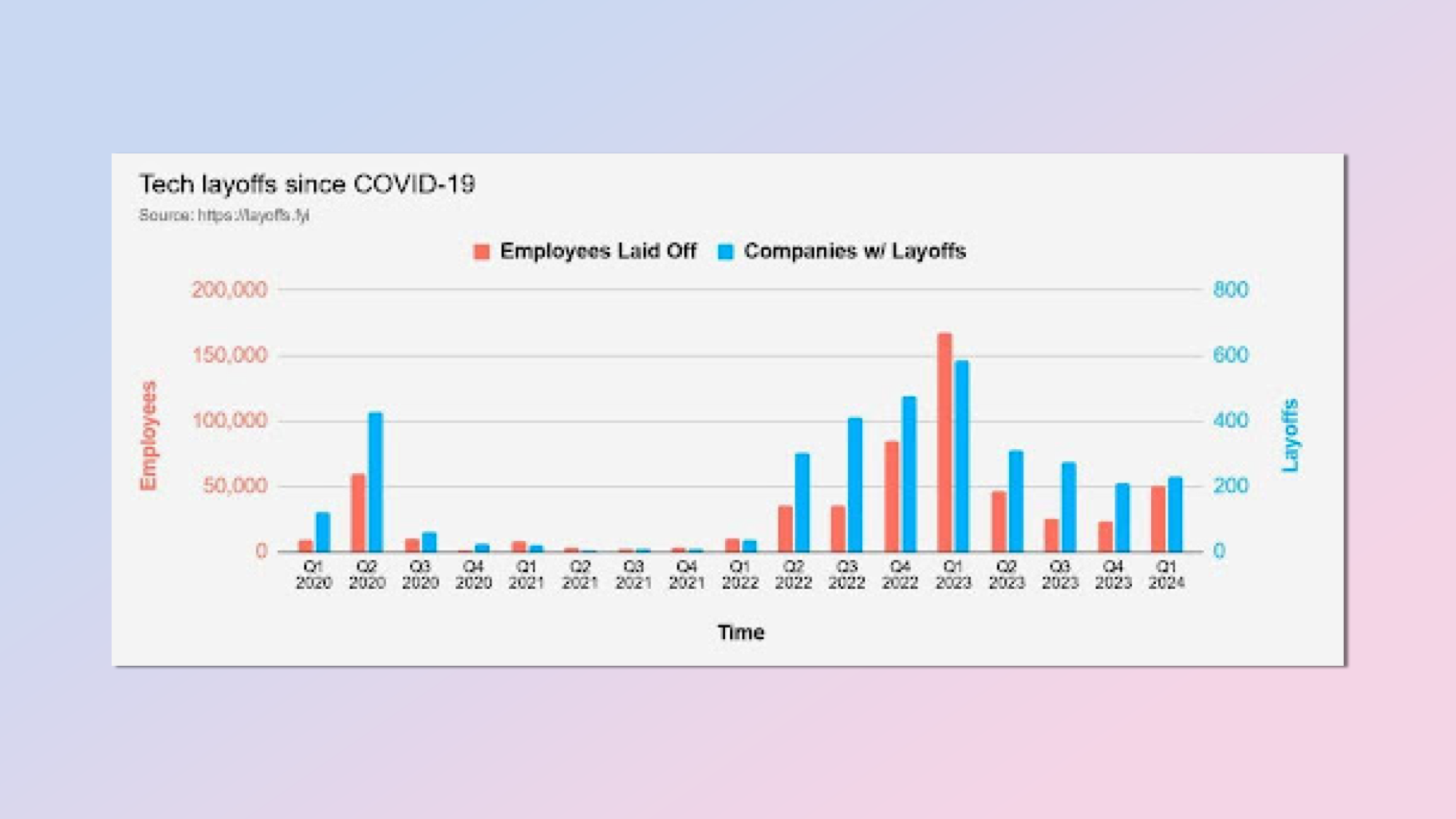
Layoffs.fyi which tracks tech industry layoffs, registered over 260,000 last year, and more than 50,000 for the first 3 months of 2024. And that’s just technology companies – who could be expected to have early warning of an oncoming jobocalypse.
The world is moving on, and whether we are fearful, angry or just resigned, things are going to change. Our challenge is to manage that change intelligently and with compassion, instead of ignoring it in the hopes it will go away. It’s not just the question of a malevolent technology taking over the world — whatever that means — but the catastrophic disruption that is going to upend every part of our social fabric, culture and economic well-being.
Welcome to the new automated world, where the future is both bright and terrifying at the same time.







